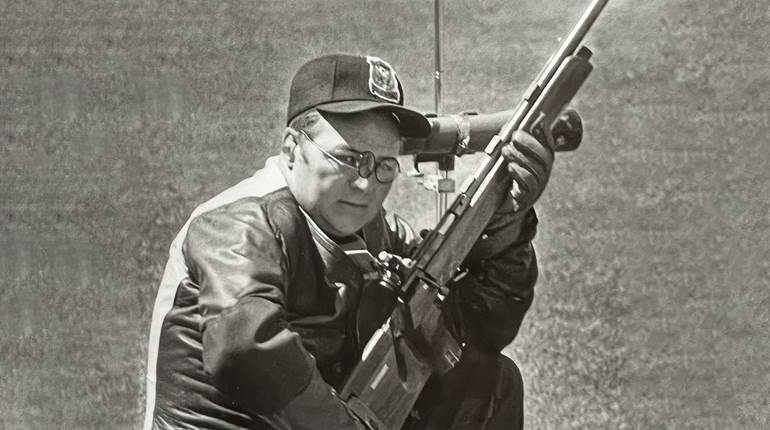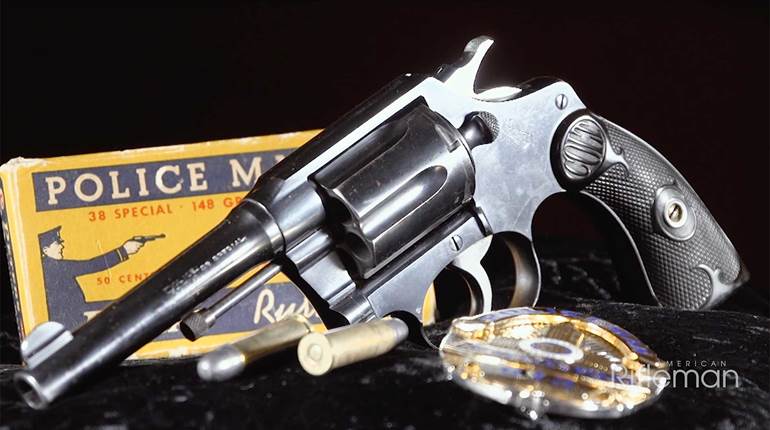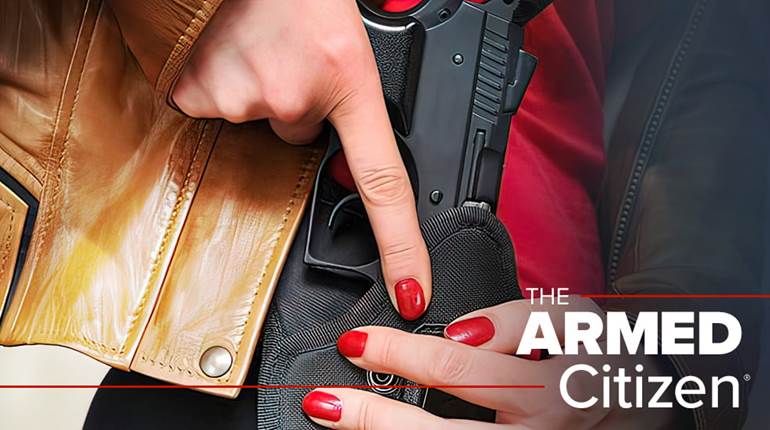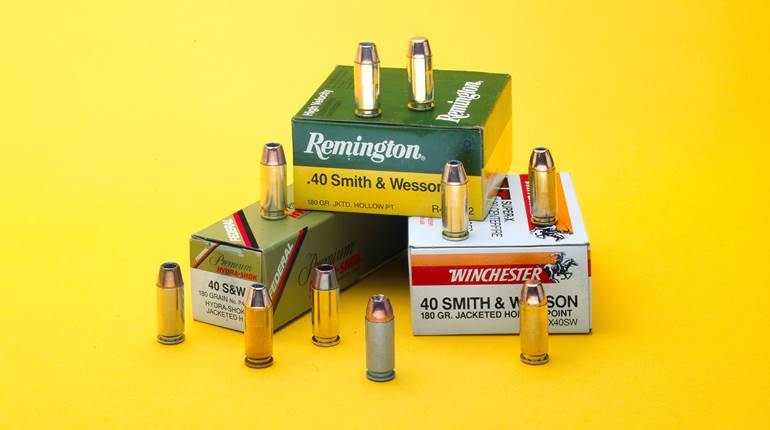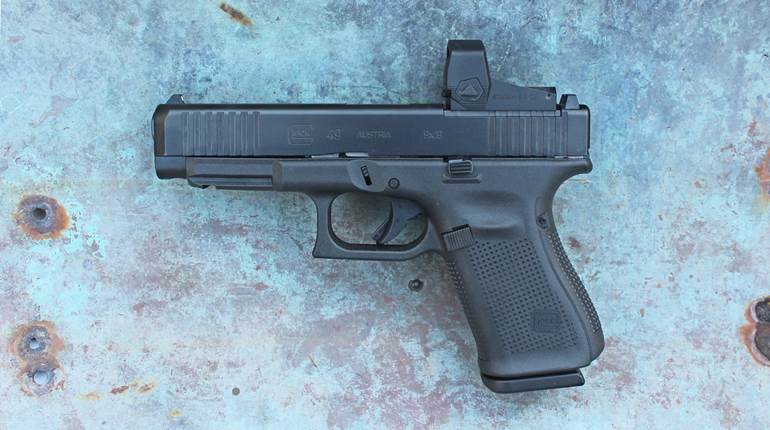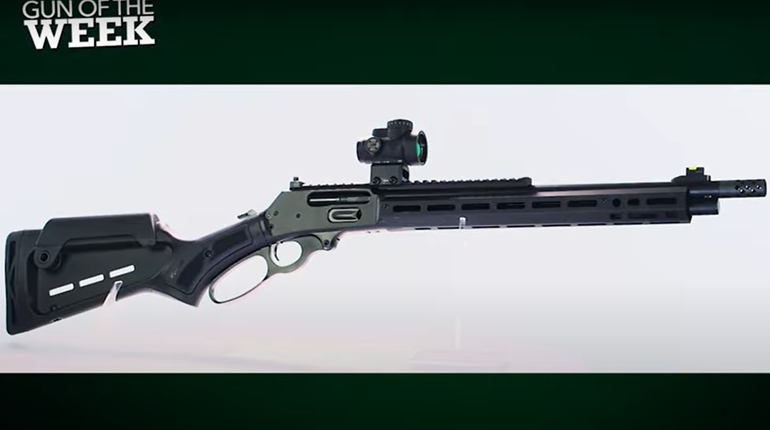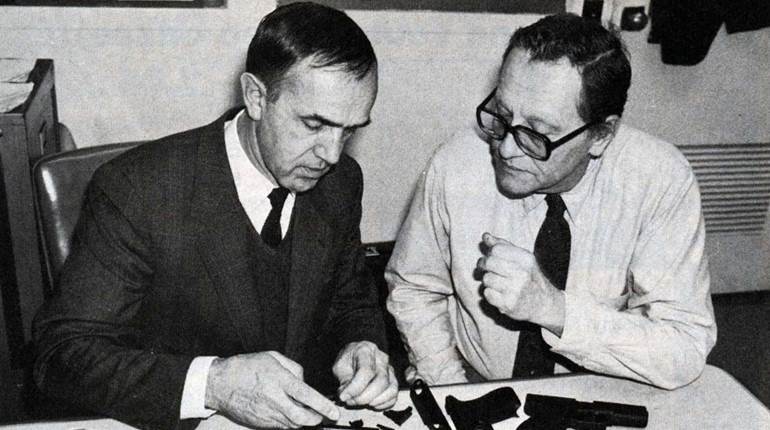
The man I grew to know at NRA headquarters—off and on with his surprise visits for the 10 years I worked there—reflects perhaps today’s most overlooked facet of gun ownership, the one opponents of the Second Amendment prefer remains invisible. Neil wasn’t a staff member, so his impromptu arrivals always required someone to receive him at security.
I surmise my supervisors decided as the newest member of the team one of my “duties as assigned” was to run interference when someone arrived to inquire about an article. I might have been there a week when I was dispatched downstairs to greet him.
He brought notes, lots of them, and they were organized with precision. The depth of knowledge he was eager to share grew obvious as we talked. Most of these encounters are uncomfortable, but he had this sincerity and contagious smile that made it hard not to offer a short tour of NRA's Publications division.
There was nothing quick about it. Neil’s walk was more of a shuffle that slowed when the tremors started. That didn’t dampen his enthusiasm at seeing where photos were taken of the guns, the security measures in place to check them in and out of the vault for each day’s work, graphics and editorial offices.
His stories appeared, although their frequency faded through the years and finally stopped. His visits, thankfully, did not. Notes were always in hand, but rarely opened. Neil’s mind was tack sharp, speaking from memory and sharing a wealth of experience, despite a condition visibly worse. Family, tradition, legacy, honed concentration and the undivided attention passed on by generations of marksmen were the topics of conversation toward the end, not fps or standard deviation.
Security rules require a “guest” like Neil to be walked back to the lobby, and in hindsight I’m glad. He always greeted everyone and somehow infected them with a smile during that slow shuffle.
His granddaughter told me this week that he died, and it was only then that I learned of the breadth of his education. Why didn’t he establish that knowledge during our first encounter? First, and foremost, that was Neil.
Then there’s the undeniable fact that he understood technological advances can never overshadow marksmanship’s foundation, or the legacy it breeds. It’s still the polished concentration, willingness to learn and move on from those painful clean misses and experience—time behind a trigger, first under the watchful eye of a mentor—that are what it takes to hit the bullseye, in life and on the range.
Neil’s vast knowledge lives on in those who read his work, and in the family and friends he left behind. I know I’m one of the lucky ones.












